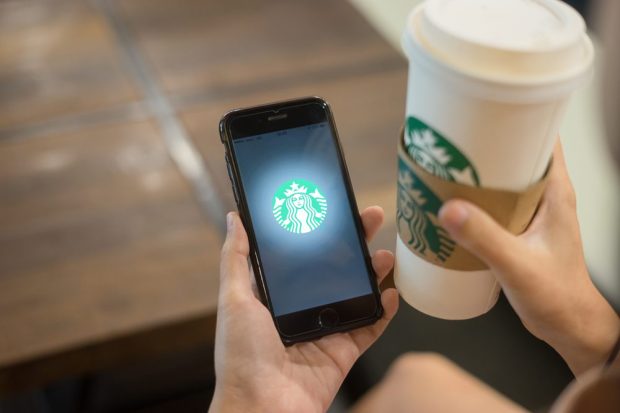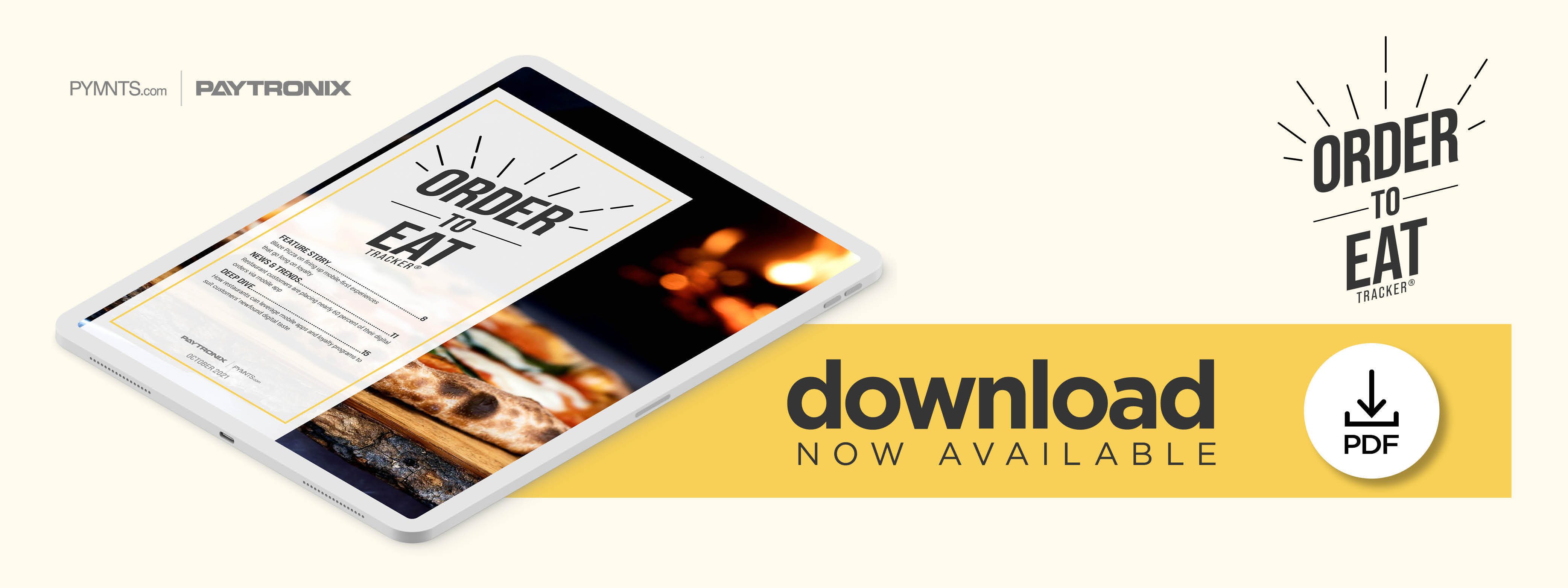Deep Dive: How Restaurant Chains Are Leveraging Mobile Apps to Deliver End-to-End Customer Experiences

The pandemic shifted the adoption of digital tools for consumers and businesses into high gear, with some analysts estimating that at the onset of the pandemic, five years’ worth of contactless innovation was condensed into two months to meet demand. Restaurants were in the running, updating platforms to meet evolving customer expectations and maximize profits amid unprecedented adversity.
This shift brought about a revolution in consumers’ ordering and payment habits — much of it mobile.
It also presented some brands with an opportunity to succeed as never before. Paytronix stated in its Order & Delivery Report that sales through digital ordering networks more than tripled after the pandemic’s start. Most of the transactions stemmed from consumers who had not purchased these brands previously.
The survey also revealed that many brands that survived the pandemic benefited from the shuttering of an estimated 110,000 eating and drinking establishments nationwide. Guests who placed delivery orders spent an average of 10% more than customers who ordered takeout.
The survey also found that brand value is more important than food quality. Customers who ranked their food with just one star were 27% likely to return, whereas those who rated restaurant value at a single star were just 20% likely to return. Loyalty programs emerged during this time as a potent way for brands to establish that value.
The result of this transformation: 70% of consumers now prefer digital ordering over in-person, with two-thirds of this group preferring to use their mobile phones. Furthermore, 62% of those ordering via mobile gravitate strongly toward rewards programs.
The following Deep Dive examines how restaurant chains have been leveraging mobile apps to deliver an end-to-end customer experience, from enabling guests to make reservations, order, pay and pick up to allowing interaction with loyalty programs. It also explores how restaurants are tapping into loyalty and rewards to drive mobile orders and sales.
Mobile App Developments for 2020 and Beyond
One of the key advances designed to boost sales and keep consumers safe when the pandemic began was the improvement of smartphone apps to provide contactless curbside pickup. Mexican fast casual chain El Pollo Loco was among the restaurants that accelerated its release of an app update to bring the curbside option into play within six weeks. Patrons opting into GPS tracking automatically trigger a restaurant alert when their cars approach so that staff can have their food ready in two minutes. The chain reported highly positive customer reviews and reorder rates in response to the feature.
Starbucks, a longtime leader in the mobile app space, reported that its app holds one of the top spots in in-store digital wallet payments, despite growing competition from Big Tech. The Starbucks mobile payment app, with more than 31 million users, boasts more in-person transactions than Google Pay and Samsung Pay. The only digital wallet that scores a higher rate is Apple Pay, which has nearly 44 million users and leads its mobile wallet rivals in both online and in-person transactions. Starbucks, which had the most popular payment app among U.S. consumers for years, was often hailed as a cutting-edge example of how to combine smartphone-based shopping and payments.
Starbucks also saw the value of a loyalty program as far back as 2009, when the coffee giant simultaneously launched its app and My Starbucks Rewards. Rewards members’ pull continues to increase. The Seattle-based company reported in the second quarter of 2021 that although in-store traffic remained lower than it was pre-pandemic, sales already had rebounded to normal levels — partly because of an 18% increase in the number of consumers who had enrolled in its loyalty program in the previous 12 months. Patrons are most often rewarded by ordering from a smartphone, and the pandemic led more consumers to use the device.
Rewards Programs Boost Mobile
Loyalty programs have come to the fore in the past 18 months as a strategy for capturing sales in precarious times — and the programs have delivered on that promise. PYMNTS’ January Delivering On Restaurant Rewards report, produced in collaboration with Paytronix, found that members of loyalty programs spent more than twice as much on takeout as non-members. The August edition of the same report also revealed that most diners want to use restaurants’ loyalty programs the same way they usually order: via mobile. Eighty-five percent of loyalty program members said they want to use the programs through their smartphones.
Loyalty programs can offer more than immediate sales, serving as a source of valuable data to increase future customer engagement. Brands concerned about losing customer relationships to third parties such as Grubhub and DoorDash have embraced loyalty programs to ensure their control of customer data. Domino’s, for example, leverages data from its 30-million-member Piece of the Pie Rewards program to improve service, increase visits and enhance results. Visit frequency, apart from sales, is a key metric because as traffic returns, order sizes likely will decline. Growth in traffic can be just as significant as sales because it serves as a proxy for customer retention or loyalty.
Loyalty programs have become crucial to restaurants’ success in the past 18 months, and they likely will continue to drive orders and sales — especially mobile — in the foreseeable future. Brands that invest in these strategies may well discover that these programs pay for themselves.

